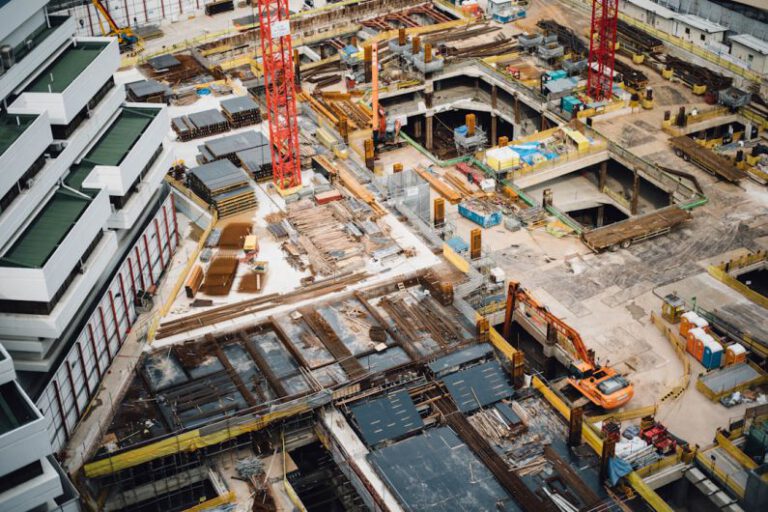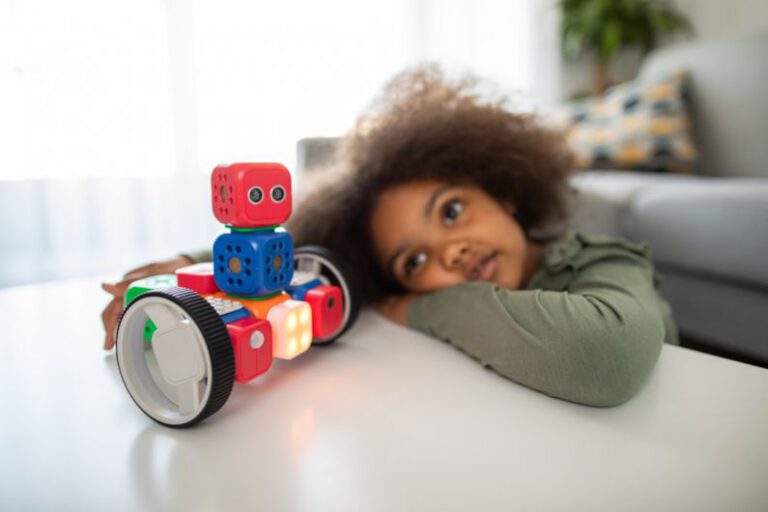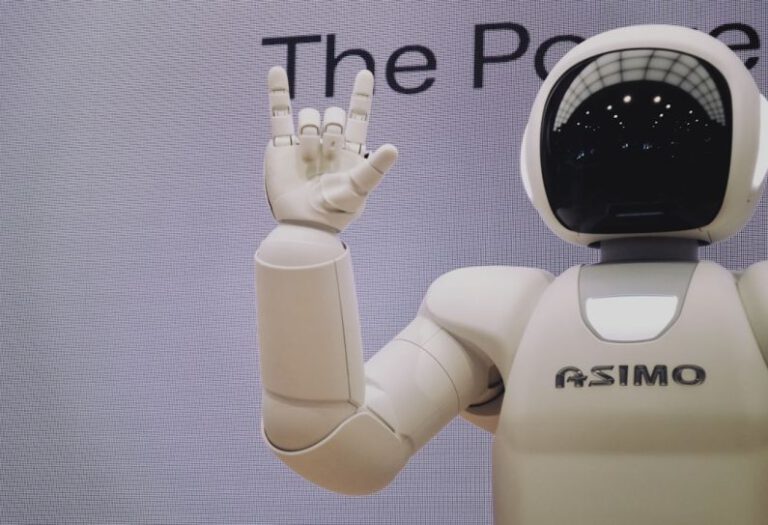How Are Ai-powered Tools Enhancing Building Design?
Innovations in technology have revolutionized the way we approach architecture and building design. One of the most significant advancements in recent years is the integration of artificial intelligence (AI) into the design process. AI-powered tools are transforming the field of architecture by streamlining workflows, enhancing creativity, and improving efficiency. In this article, we will explore how AI-powered tools are enhancing building design and shaping the future of architecture.
Streamlining Design Processes
AI-powered tools are enabling architects and designers to streamline the design processes like never before. These tools can analyze vast amounts of data quickly and efficiently, allowing designers to generate insights and make informed decisions in a fraction of the time it would take using traditional methods. By automating repetitive tasks, such as drafting and 3D modeling, AI tools free up designers to focus on more creative aspects of the project, resulting in faster and more innovative designs.
Enhancing Creativity
AI-powered tools are not just about speeding up the design process; they are also enhancing creativity in building design. By analyzing patterns and trends in architectural styles, AI tools can suggest design options that designers may not have considered otherwise. These tools can also help designers explore different iterations of a design quickly, allowing for more experimentation and creativity in the design process. Additionally, AI tools can assist in generating complex geometries and intricate details that would be challenging to achieve manually, opening up new possibilities for architectural expression.
Improving Efficiency and Accuracy
AI-powered tools are improving efficiency and accuracy in building design by reducing errors and optimizing workflows. These tools can perform complex calculations and simulations with precision, helping architects and designers make more informed decisions about structural integrity, energy efficiency, and sustainability. By analyzing building performance data in real-time, AI tools can help optimize designs for better energy efficiency and occupant comfort. Additionally, AI tools can assist in the coordination of different design disciplines, ensuring that all aspects of the building design work together seamlessly.
Personalizing Design Solutions
AI-powered tools are enabling architects to personalize design solutions to meet the specific needs of clients and users. By analyzing user data and preferences, AI tools can help architects create spaces that are tailored to the unique requirements of the end-users. Whether it’s optimizing natural light, acoustics, or spatial layout, AI tools can assist in creating designs that enhance the user experience and promote well-being. This personalization not only leads to more satisfied clients but also creates buildings that are more functional and user-friendly.
Enabling Sustainable Design
AI-powered tools are playing a crucial role in enabling sustainable design practices in architecture. By analyzing environmental data and performance metrics, AI tools can help architects optimize building designs for energy efficiency, daylighting, and passive heating and cooling. These tools can also assist in the selection of sustainable materials and construction methods, reducing the environmental impact of the building over its lifecycle. By integrating AI into the design process, architects can create buildings that are not only aesthetically pleasing but also environmentally conscious and sustainable.
Shaping the Future of Architecture
AI-powered tools are reshaping the future of architecture by empowering architects and designers to push the boundaries of creativity and innovation. As these tools continue to evolve and improve, we can expect to see even more groundbreaking designs that challenge traditional notions of architecture and redefine the built environment. From smart buildings that adapt to user behavior to parametric designs that are inspired by nature, AI-powered tools are helping architects create a more sustainable, efficient, and user-centric built environment.
In conclusion, AI-powered tools are revolutionizing building design by streamlining processes, enhancing creativity, improving efficiency, personalizing solutions, enabling sustainable practices, and shaping the future of architecture. As architects continue to embrace AI technologies, we can look forward to a new era of design that is more dynamic, responsive, and innovative than ever before.






